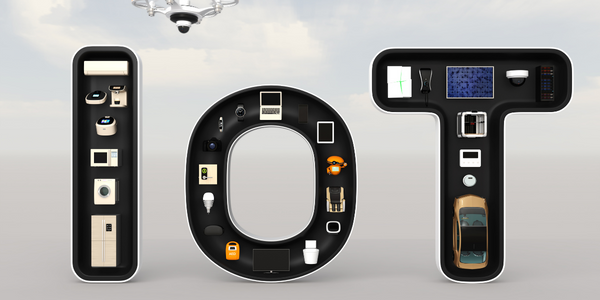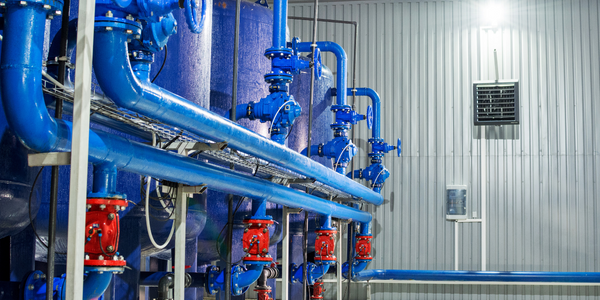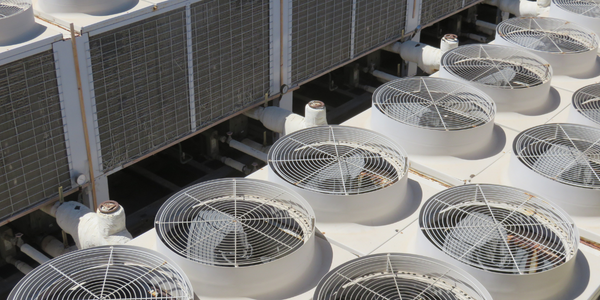Engineering Simulation for Performance and Noise Reduction in Lawn Mowers: A Case Study of VIKING GmbH

Technology Category
- Sensors - Flow Meters
- Sensors - Level Sensors
Applicable Industries
- Equipment & Machinery
Applicable Functions
- Product Research & Development
Use Cases
- Manufacturing Process Simulation
- Virtual Reality
About The Customer
VIKING GmbH is a 100 percent subsidiary of ANDREAS STIHL AG & Co. KG, based in Austria. The company is an innovative, service-oriented manufacturer of gardening equipment, including lawn mowers, lawn scarifiers, lawn tractors, garden shredders, and tillers. In its lawn mower division, the company is focused on offering the most comfortable and efficient tools possible by continually improving mowing performance and meeting the outdoor noise emissions regulations of their products. VIKING GmbH is committed to innovation and service, continually seeking ways to improve its products and meet the needs of its customers.
The Challenge
VIKING GmbH, a subsidiary of ANDREAS STIHL AG & Co. KG, is a manufacturer of gardening equipment including lawn mowers. The company is committed to continually improving the performance of its lawn mowers, specifically in terms of mowing performance and noise emission levels. However, the company faced a challenge in understanding the aerodynamics within the deck of the lawnmower. The curved, double-edged blade of the lawnmower induced a highly unsteady airflow, which resulted in vortices that periodically struck the wall of the chute, impacting both the noise emission levels and the catching performance. The fast blade rotation, unsteady pressure, and high fluctuations of the air velocity within the deck created a complex airflow that made traditional development and measurement methods almost impossible. The company needed to find a way to improve the catching performance and simultaneously meet outdoor noise emissions regulations.
The Solution
To overcome the challenge, VIKING engineers decided to use ANSYS CFX fluid flow simulation software to simulate the airflow in the lawn mower deck. The goal was to see if numerical simulation could be implemented in the design process. This required confirming the accuracy of results with experimental measurements and verifying the benefits that can be gained from the insight provided with computational fluid dynamics (CFD). The engineers set up the wall, counter rotating wall, and opening boundary conditions in ANSYS CFX-Pre. They then performed URANS simulation with a transient rotor stator model using ANSYS CFX software and performed post-processing in ANSYS CFD-Post. This approach allowed them to compare the computed characteristic parameters of the airflow with measurements in the chute of the lawnmower.
Operational Impact
Quantitative Benefit

Case Study missing?
Start adding your own!
Register with your work email and create a new case study profile for your business.












